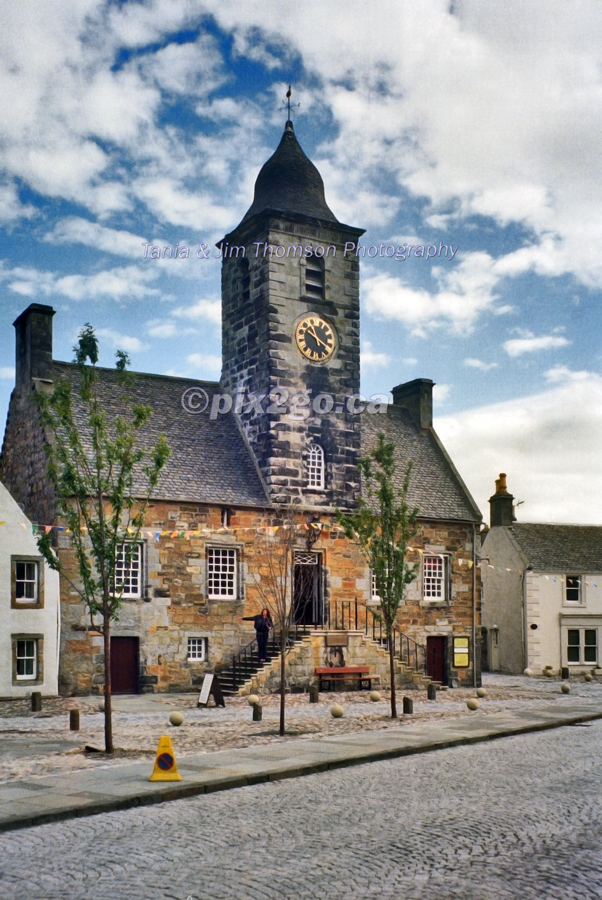 |
||
HISTORIC CULROSS
| Description | : | When you stroll through the narrow cobbled streets of the quiet old burgh of Culross, it is not difficult to imagine yourself back in the 16th or 17th century. Almost the entire village is a living museum, as all the pan-tiled houses with their crow-step gables have been carefully restored. But there's a lot more to Culross than a group of picturesque houses. Today, it is a lively community where the burgher's lives weave a web from past to present, keeping the buildings of Culross more alive than any museum could. It is the perfect venue for musical and artistic events. The name Culross derives from the two Gaelic words 'Cuileann Ros', meaning point where the holly grows. St. Serf founded a monastery here in the 5th century, and it was also in Culross that Glasgow's patron saint, St. Mungo was born and educated. It later became a busy and prosperous sea port, marketing and exporting coal and salt. King James VI granted Culross the status of Royal Burgh due to the influence of an important local resident, Sir George Bruce. - from the Historic Culross website www.culross.org Original size 11x17@300dpi |
|
|||||
|
